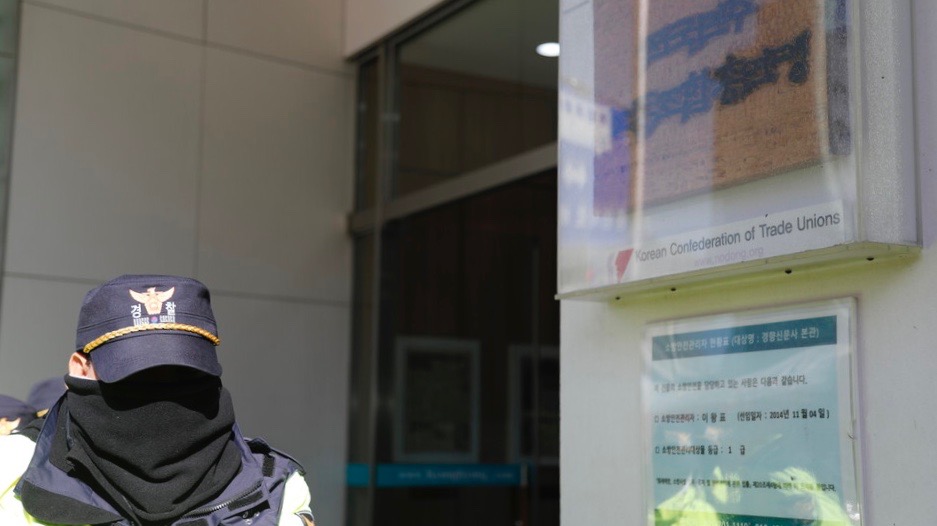

Some excerpts:
The International Institute of Strategic Studies, in its latest journal, delivers this withering verdict in an authoritative study: “The armed forces in European NATO and European Union member states are hollowed out, plagued by unserviceable equipment and severely depleted ammunition stocks.”
Few people understand the remarkably protracted lead times necessary to increase arms production. Two or three years between commitment and delivery of even some basic munitions and materials is standard. Those NATO nations still accustomed to fight at all — meaning mostly the US, UK and France — have focused upon relatively small outputs. The factories do not exist to provide long runs of — for instance — conventional artillery ammunition any time soon.
Britain’s BAE Systems recently told the Pentagon it would require at least 30 months to restart production of M777 howitzers, among the most vital weapons in Ukraine’s defense; a new £190 million deal with the British government for 155mm shells will have a similarly lengthy timeline. Germany’s Rheinmetall quotes at least a year for renovation and modernization of battle tanks, given production times of specialized steel and electronic components.
Prices for raw materials used in arms production but not mined in EU countries have risen astronomically. The French government recently asked MBDA Missile Systems to increase its production of Mistral air-defense systems from 20 units per month, and has been offered only an increase to perhaps 40 monthly by 2025.
Moreover, all the big manufacturers are wary of funding expansion, only to find the Ukraine war suddenly ending or governments continuing to resist rearmament.
During World War II, the US government owned almost 90% of the nation’s productive capacity of aircraft, ships, guns and ammunitions. Today, private industry accounts for nearly all new procurement. […] Moreover, many parts of key weapons systems are now produced abroad; the supply chain for the F-35 fighter, the most expensive military contract in history, included a magnet sourced from China.
China is building major items of defense equipment five times faster than the US. Maintenance delays, especially in the Navy, are crippling combat readiness. Earlier this year, William LaPlante, the under secretary of defense for acquisition, told the New York Times that the US “really allowed production lines to go cold and watched as parts became obsolete.”
In the early months of the war, Ukraine sometimes expended up to 500 Javelin anti-armor weapons in a single day — burning through a third of the US stockpile in the first weeks of the conflict. Lockheed Martin and Raytheon, which now jointly produce 2,100 Javelins a year, say they will double that figure — but not until 2025 at the earliest.
Ukraine, to a considerable extent, depends on munitions shipped through third parties by South Korea, 56% of whose voters oppose direct military aid. Seoul is selling $13.7 billion worth of tanks, jet and other munitions to Poland. In 2023, it is shipping hundreds of thousands of artillery rounds, some of them to the US, enabling transfers to Ukraine.
Russia faces not so much a shortage of tanks, weapons and military equipment generally, but is obliged to rely increasingly on older materiel as its most modern kit is destroyed. […] Yet Russia retains some advantages over the West: Because its economy and industries are subject to direct control from the Kremlin, Putin can focus his nation’s arms production on the munitions he needs most in Ukraine.
Ukraine is a historic test of Western will and staying power. Not for the first time in history, the outcome of the struggle will be determined not only on battlefields, but also in the factories of the West.

The article also mentions and links this other interesting article: How America Broke Its War Machine: Privatization and the Hollowing Out of the U.S. Defense Industry